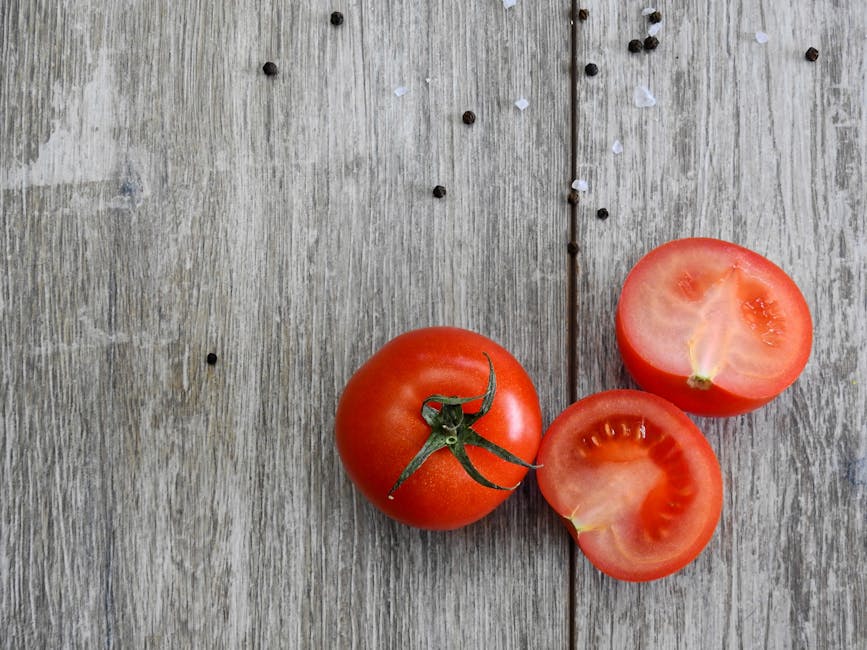Why Slow Cooking Is Still Worth Your Time
Slow cooking isn’t just a nostalgic throwback to casseroles and countertop Crock-Pots. It’s a cooking technique rooted in patience, efficiency, and delivering flavor without fuss. At its core, slow cooking is about gentle, sustained heat over time—letting ingredients break down and deepen, without standing over a stove. This is not some fleeting TikTok hack or chef-driven fad. It’s practical, tried, and surprisingly modern.
For busy people, it’s a gamechanger. You prep once, walk away, and hours later, dinner’s done. No pan-hopping, no last-minute chaos. For anyone on a budget, it stretches cheaper ingredients into full-bodied meals. Beans, lentils, stewing cuts of meat—they thrive here. And for the flavor-focused, this method unlocks rich, slow-developing tastes you won’t get from microwaves or high-heat skillet sizzles.
What truly sets slow cooking apart is its low-maintenance promise. It offers restaurant-quality comfort with minimal prep and zero showboating. While other kitchen methods aim for speed or flair, slow cooking delivers steady, reliable results. The best part? It suits real life, not just food blogs.
Nutrient Retention
Not everything slow is inefficient. When it comes to retaining nutrients, slow cooking outperforms fast, high-heat methods more often than not. That’s because gentle heat over a longer period doesn’t break down vitamins like C and B-complex as aggressively as frying or boiling can. It’s especially effective for vegetables and legumes, where fast cooking may cause key nutrients to leach into water or degrade.
Root vegetables like carrots, beets, and sweet potatoes hold up beautifully in low, moist heat. Beans and lentils benefit too—not just in texture, but in keeping their mineral profile strong. Plus, broth-based recipes make it easy to slurp up all the good stuff that would otherwise get tossed.
In short: slow cooking doesn’t just make food tender—it makes it smarter. You get flavor and function without needing to micromanage every stir and sizzle.
Use the Right Tools
First things first—size matters. A 6-quart slow cooker covers most family meals and batch cooks. Solo or cooking for two? A 3- or 4-quart is more your speed. Go too big and your ingredients may dry out; too small and you’ll be battling overflow.
Second, take a hard look at the features. A basic dial-style cooker still gets the job done, but programmable models give you better control over start times, cook durations, and automatic shifts to “warm” mode. That flexibility is gold when your day runs long.
Layer Wisely
Layering isn’t just about aesthetics—it affects the entire cook. The golden rule? Dense items (think root veggies or beans) always go on the bottom. They need the most heat exposure. Meats sit on top, especially if they’re already browned. Liquids should come last, poured over everything.
When does flavor timing matter? Add fresh herbs, dairy, and quick-cooking ingredients late. Cheese, sour cream, and milk can curdle if slow-cooked from the start. Pasta and delicate greens? Drop them in during the last 30 minutes, max.
Mind the Moisture
Resist the urge to peek. Lifting the lid drops the internal temp and adds about 20–30 minutes per interruption. Trust the process.
Also, watch your liquid game. Slow cookers don’t reduce sauces the way stovetops do. When converting a stovetop recipe, cut back the liquid by about a third. The lid traps steam—what goes in mostly stays in. That’s great for flavor, but too much broth turns your stew into soup fast.
Safety and Storage Tips
Let’s keep it simple: food safety isn’t optional. Once your meal is done in the slow cooker, don’t let it linger at room temp. The so-called “danger zone” is between 40°F and 140°F, and bacteria thrive there. Keep your food above 140°F if you’re holding it for serving, or get it cooled down fast if you’re storing it for later.
Leftovers? Cool them within two hours. Divide into shallow containers so the heat escapes quickly. Don’t stash a giant pot of chili straight in the fridge—it won’t cool evenly, and that’s how you end up with a science experiment.
Slow cookers are great at gently cooking, not reheating. If you’re bringing last night’s stew back to life, use a stovetop or microwave to get it safely hot, fast. Lastly, if you’re prepping meals ahead or making freezer batches, portion them right after cooking. Label, date, and freeze flat for quicker thawing later.
Nothing flashy here—just solid habits that keep your food safe and your time well spent.
Exploring Global Inspirations
Slow cooking isn’t just a modern convenience—it’s a deeply rooted tradition found across the globe. From North Africa to South Asia to South America, cultures have been using low heat and long hours to coax flavor out of humble ingredients for centuries.
Take the Moroccan tagine. Cooked in its namesake clay vessel, it layers spices, vegetables, and meats in a slow-simmered pyramid of flavor. Then there’s Brazil’s feijoada—a hearty black bean and pork stew that simmers all day, thickening into something deeply satisfying without the need for fancy tools. And in India, dal is a perfect example of slow-cooked comfort: lentils softened over time and brightened with spice temperings added at the end.
These dishes aren’t just delicious—they’re practical. Slow cooking allowed families to transform inexpensive ingredients into something memorable and nourishing. The same approach works today, whether you’re using a plug-in slow cooker or a heavy pot on the stove.
For more inspiration, check out Exploring Global Culinary Techniques for Home Cooking.
Final Takeaway
Don’t mistake slow cooking for something old-fashioned or fussy. It’s not about fancy tools or hours of hands-on work. In fact, the whole point is less effort, more payoff. With a bit of planning, you toss ingredients into a single pot, walk away, and come back to something rich, comforting, and deeply satisfying.
In 2024, with everyone juggling too much and trying to eat better on tighter budgets, slow cooking hits a sweet spot. It’s flexible enough to handle global flavors and dietary needs, and simple enough that anyone can do it—no culinary degree required.
Slow cooking isn’t just for the weekend. It’s for weeknights, leftovers, and getting smart about how you fuel your day. If you want comfort food without the chaos, this method’s still got your back.

 Katherine Fitzpatrickersy also made an important impact in shaping Food Smart Base, lending her skills and commitment to strengthen the site’s foundation. Through her contributions, the platform has been able to highlight food trends and innovations while maintaining its mission of educating and inspiring its community.
Katherine Fitzpatrickersy also made an important impact in shaping Food Smart Base, lending her skills and commitment to strengthen the site’s foundation. Through her contributions, the platform has been able to highlight food trends and innovations while maintaining its mission of educating and inspiring its community.